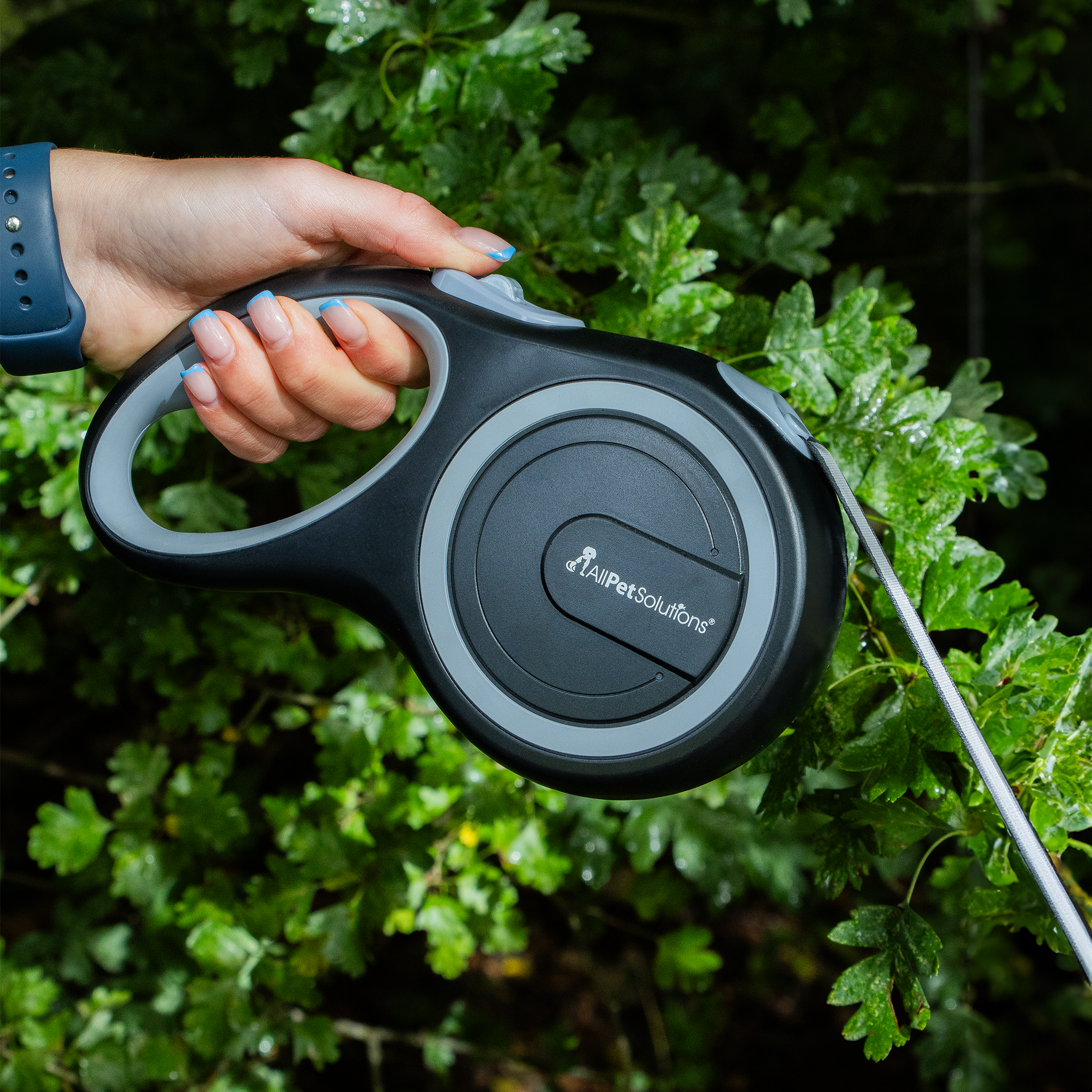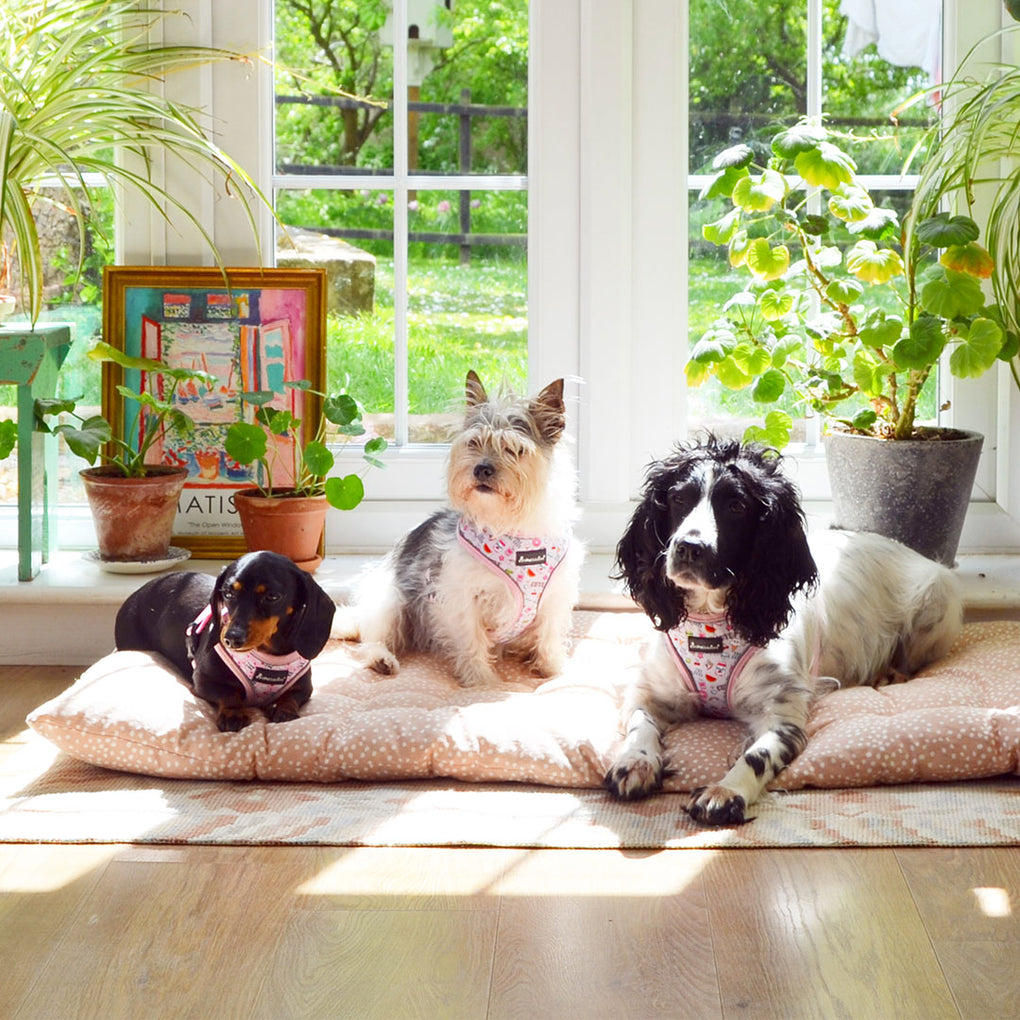How Much Exercise Does My Breed of Dog Need?
One of the absolute favourite things for every canine is DOG WALKS! If you've had pups before, you will know that the mere mention of taking the dogs walking can cause mad zoomies and intense excitement.
However, exercising dogs can be quite different, depending on the size, breed and age of your dog, and how many dog walks, and for how long, they should have every day.
Exercising Dogs of a Young Age
Puppies need exercise too, but typically much less when they are little. Tiny legs can't carry them very far, so if you've set your sights on a long stroll you'll probably end up carrying them!
Likewise, older pups need slower, and shorter dog walks that don't play havoc with their joints.
If your dog is unwell or recovering from injury or illness, sometimes less is more, and it is wise to seek advice from your vet to ensure you don't overdo it. Very often, dogs are limited to 10-minute lead walks for at least two weeks after surgery.
How Long Should My Dog Walks Be?
The average adult dog will benefit from walks twice per day; once in the morning and once in the afternoon. Instead, one longer walk might be better for breeds who require extensive exercise.
How long you spend on dog walks depends on the size and breed you have. Active breeds like Labradors, Collies and Shepherds will want at least one hour of exercise per day.
Less energetic dogs or smaller breeds like Bulldogs, Pomeranians, Yorkies and Basset Hounds prefer shorter or slower walks.
If your dog still has oodles of energy after dog walks, they need to exercise more!
Fun Alternatives to Taking Dogs Walking
Here are some great ideas to keep your dog active outside of walking:
- Play hide and seek games with treats or toys.
- Encourage them to jump and explore with a hoop.
- Take the stairs with your dog, so they get used to climbing.
- Teach tricks and play games with treats.
Remember that felines need exercise too, and cat playing games with toys can help keep their weight healthy, as well as having fun developing their catching instinct.
You can also encourage more cats walking exercise by giving them plenty of access to outdoor playtime and fresh air.

